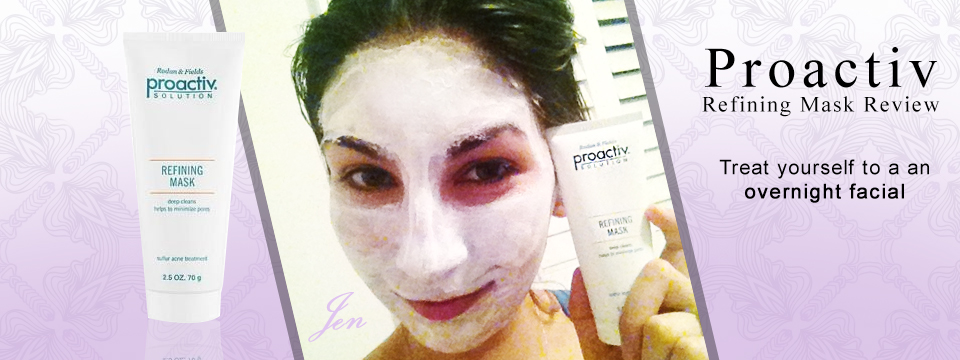When it comes to skincare and natural remedies, witch hazel often steals the spotlight. However, as powerful as it is, there are certain ingredients that should never mix with witch hazel. This article delves deep into the subject, shedding light on the dos and don’ts of this magical potion.
Introduction to Witch Hazel
Witch hazel, a wonder of nature, is a plant native to North America. Its leaves and bark have been used for centuries by native people to treat a variety of ailments. It’s hailed for its astringent, anti-inflammatory, and soothing properties, which are beneficial for a myriad of skin conditions. But as with all potent ingredients, it’s important to know what not to mix with witch hazel.
Understanding the Composition of Witch Hazel
Witch hazel contains tannins, a type of polyphenol, responsible for its astringent and anti-inflammatory properties. It also contains flavonoids and essential oils, which contribute to its healing and soothing abilities. These compounds make witch hazel a favorite among skincare enthusiasts. However, when combined with certain other ingredients, they can cause irritation and other skin problems.
The Magic of Witch Hazel: Its Benefits
Witch hazel offers a multitude of benefits. It’s known for its ability to soothe irritated skin, reduce inflammation, and tighten the skin. Moreover, it’s a great acne fighter and helps control oil production. Despite these fantastic benefits, it’s crucial to understand what not to mix with witch hazel to avoid counteracting these advantages.
Unveiling the Mystery: What Not to Mix With Witch Hazel?
As beneficial as witch hazel is, certain ingredients can clash with it. These include alcohol, salicylic acid, retinoids, citrus essential oils, benzoyl peroxide, vinegar, and certain exfoliating acids. Let’s discuss why these mixtures can be detrimental to your skin health.
Witch Hazel and Alcohol: A Dubious Duo
Alcohol is often included in skincare products for its quick-drying and refreshing feel. However, when mixed with witch hazel, it can lead to excessive dryness and skin irritation, especially in individuals with sensitive or dry skin. Therefore, it’s best to avoid this combination.
Witch Hazel and Salicylic Acid: A Risky Affair
Salicylic acid, an effective acne-fighting ingredient, can cause excessive dryness when mixed with witch hazel. This can trigger a rebound effect, where the skin overproduces oil to compensate for the dryness, leading to more breakouts.
Witch Hazel and Retinoids: Why They Shouldn’t Mix
Retinoids are vitamin A derivatives known for their anti-aging properties. But they can also cause dryness and irritation, especially when starting treatment. Combining retinoids with witch hazel may amplify these effects, leading to discomfort and potential skin damage.
Witch Hazel and Citrus Essential Oils: A Pungent Mix
Citrus essential oils are notorious for their photosensitive nature, which can lead to sunburn and skin damage. When combined with witch hazel, these risks can amplify, making this combination less desirable.
Witch Hazel and Benzoyl Peroxide: A Harsh Combination
Benzoyl peroxide, another potent acne-fighting ingredient, can be harsh on the skin. When combined with the astringent properties of witch hazel, this can lead to over-drying and irritation.
Witch Hazel and Vinegar: Why It’s a No-No
Vinegar is acidic and can disrupt the skin’s pH balance. When mixed with witch hazel, it can exacerbate dryness and cause a stinging sensation.
Witch Hazel and Sun Exposure: A Precautionary Tale
While witch hazel itself isn’t photosensitive, it can make your skin more susceptible to the sun’s harmful UV rays. Therefore, it’s advisable to use a good sunblock if you’re applying witch hazel during the day.
Witch Hazel and Exfoliating Acids: A Delicate Balance
Exfoliating acids like AHAs and BHAs are great for skin renewal, but they can also be drying. Using these with witch hazel might lead to excessive dryness and skin irritation.
The Safest Companions for Witch Hazel
Now that we know what not to mix with witch hazel, let’s discuss some safe and beneficial combinations.
Witch Hazel and Aloe Vera: A Soothing Synergy
Aloe vera, known for its hydrating and soothing properties, complements witch hazel perfectly. The combination can provide a hydrating and soothing effect, reducing any potential dryness from witch hazel.
Witch Hazel and Jojoba Oil: A Harmonious Blend
Jojoba oil closely resembles the skin’s natural sebum, making it a great moisturizer. When combined with witch hazel, it helps to balance the astringent effects, preventing over-drying.
Witch Hazel and Chamomile: A Calming Concoction
Chamomile has calming properties and can soothe irritated skin. It pairs well with witch hazel, enhancing its soothing effects and reducing the risk of skin irritation.
Witch Hazel and Tea Tree Oil: An Acne-Fighting Pair
Tea tree oil is known for its antibacterial properties, making it a great partner for witch hazel in fighting acne. However, it’s essential to dilute tea tree oil adequately before use to avoid skin irritation.
Witch Hazel and Glycerin: A Moisturizing Miracle
Glycerin, a powerful humectant, helps keep the skin hydrated. When mixed with witch hazel, it can offset any potential drying effects, making this pair a moisturizing miracle.
Dispelling Myths about Witch Hazel
As with many natural remedies, there are several myths about witch hazel. One common misconception is that it can treat all types of skin conditions. While it has several benefits, it’s not a panacea and should be used judiciously. Another myth is that it’s safe to use with any other ingredients. As this article explains, there are certain things you should not mix with witch hazel.
How to Use Witch Hazel Effectively
The key to reaping the benefits of witch hazel without the risks lies in its correct usage. Always patch test a new product to check for any adverse reactions. It’s also crucial to remember that less is more—overuse can lead to dryness and irritation.
Expert Tips on Using Witch Hazel
Skincare professionals advise using witch hazel in moderation. If you have sensitive skin, consider choosing a witch hazel product formulated without alcohol to avoid potential irritation. Also, always use a moisturizer after applying witch hazel to counter any potential drying effects.
Frequently Asked Questions
What should I avoid mixing with witch hazel? Avoid mixing witch hazel with alcohol, salicylic acid, retinoids, citrus essential oils, benzoyl peroxide, vinegar, and certain exfoliating acids as these combinations can lead to skin irritation and excessive dryness.
Can I mix witch hazel with aloe vera? Yes, witch hazel can be safely mixed with aloe vera. The combination is soothing and hydrating for the skin.
Why should I avoid using witch hazel with retinoids? Retinoids can cause skin dryness and irritation, especially when starting treatment. Combining them with witch hazel might amplify these effects, leading to discomfort and potential skin damage.
Is it safe to mix witch hazel with jojoba oil? Yes, jojoba oil, which closely resembles the skin’s natural sebum, can be mixed with witch hazel. It helps balance the astringent effects of witch hazel, preventing over-drying.
Can witch hazel cause sun sensitivity? While witch hazel isn’t photosensitive, it can make your skin more susceptible to the sun’s harmful UV rays. It’s advisable to use a good sunblock when applying witch hazel during the day.
Conclusion
Witch hazel is indeed a magical potion with a multitude of skin benefits. However, it’s vital to understand what not to mix with witch hazel to avoid potential skin problems. Avoid combinations with certain ingredients like alcohol, salicylic acid, and retinoids, and opt for safer counterparts like aloe vera and jojoba oil to make the most of this natural marvel.



